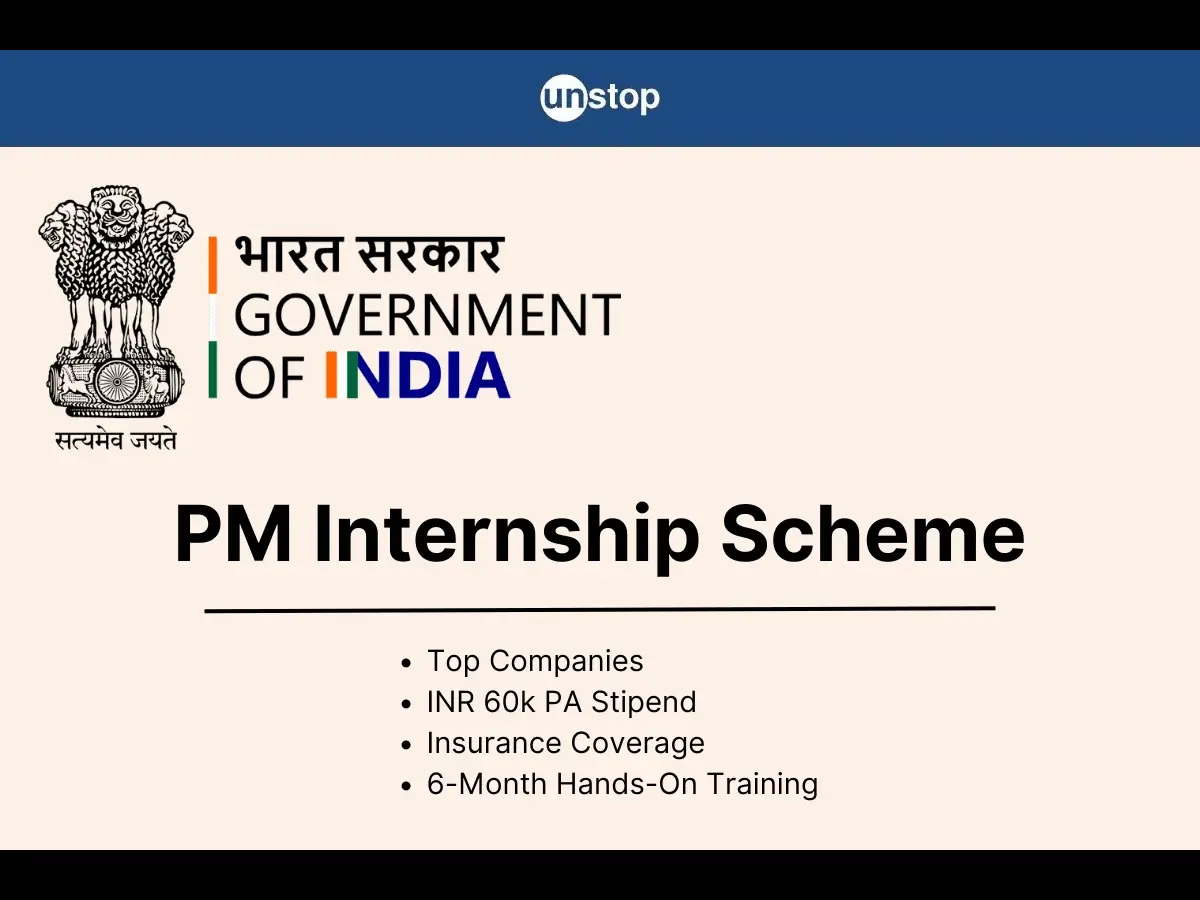In a written response to the Lok Sabha on Friday, Union Finance Minister Nirmala Sitharaman disclosed that only about 6% of the chosen youth have actually reported to their designated companies, despite over 1.53 lakh internship offers being made during the Prime Minister’s Internship Scheme (PMIS) pilot rounds.
Low Onboarding Despite Exciting Prospects
-
When the PMIS was first introduced as a pilot program on October 3, 2024, it sought to place 1.25 lakh interns in the top 500 companies in its first year, with the goal of engaging one crore youngsters over the course of five years.
-
Round 1 (Oct- Dec 2024): Businesses advertised more than 1.27 lakh internships and 6.21 lakh of the approximately 1.81 lakh applicants applied. More than 60,000 hopefuls received more than 82,000 offers.
-
Round 2 (starting on January 9, 2025): 327 partner companies created 1.18 lakh new opportunities across 735 districts. More than 71,000 offers had been made by July 17, 2025, of which 22,500 had been accepted, and onboarding was still in progress.
Important Figures
| Metric | Round 1 | Round 2 | Total so far |
| Opportunities posted | ~1.27 lakh | ~1.18 lakh | ~2.45 lakh |
| Applications received | ~6.21 lakh | ~4.55 lakh | ~10.76 lakh |
| Offers made | ~82,000 | ~71,000 | ~1.53 lakh |
| Offers accepted | ~28,000 | ~22,500 | ~50,500 |
| Internships joined | ~8,700 | In progress | ~8,700+ |
Though approximately one third of offers (33 percent) were accepted, the actual onboarding rate is still quite high, at just about 6 percent overall, indicating a substantial decline from acceptance to joining.
Scheme Goals vs. Reality Verification
The PMIS was introduced in the July 2024 Union Budget with the goal of giving recent graduates (those between the ages of 18 and 24) practical experience in India’s top companies. The government covers ₹5,400 per month under PM Suraksha or Jyoti Bima insurance schemes, and each intern receives a monthly salary of ₹5,000 plus a one-time joining grant of ₹6,000.
The poor conversion rate from offers to real internships, despite the program reaching 745 districts in Round 1 and 735 districts in Round 2, raises questions about awareness, logistics, or motivation among partner organizations and the targeted youth.
Low uptake may be related to implementation shortcomings, according to experts at the Rajiv Gandhi Institute for Contemporary Studies. They advise examining examples such as Singapore’s organized internship ecosystem, which includes strong government-industry collaboration and mentorship.
The Path Ahead
With a proposed budget commitment of ₹10,831 crore and targets approximately fivefold extended in FY 2025- 2026, the government intends to build up the program under its full launch when the pilot comes to an end, with an annual goal of 15 lakh internships. Officials anticipate that improved support infrastructure and more transparent follow-up procedures could contribute to higher onboarding rates.
Many in public policy and corporate circles are keeping an eye on how the program will handle these early issues before ramping up to a full-scale nationwide launch, as acceptability and actual joining are still well behind predictions.
Also Read: 18-Year-Old Allegedly Made To Do 400 Sit-Ups At A Dehradun-Based Coaching Institute







